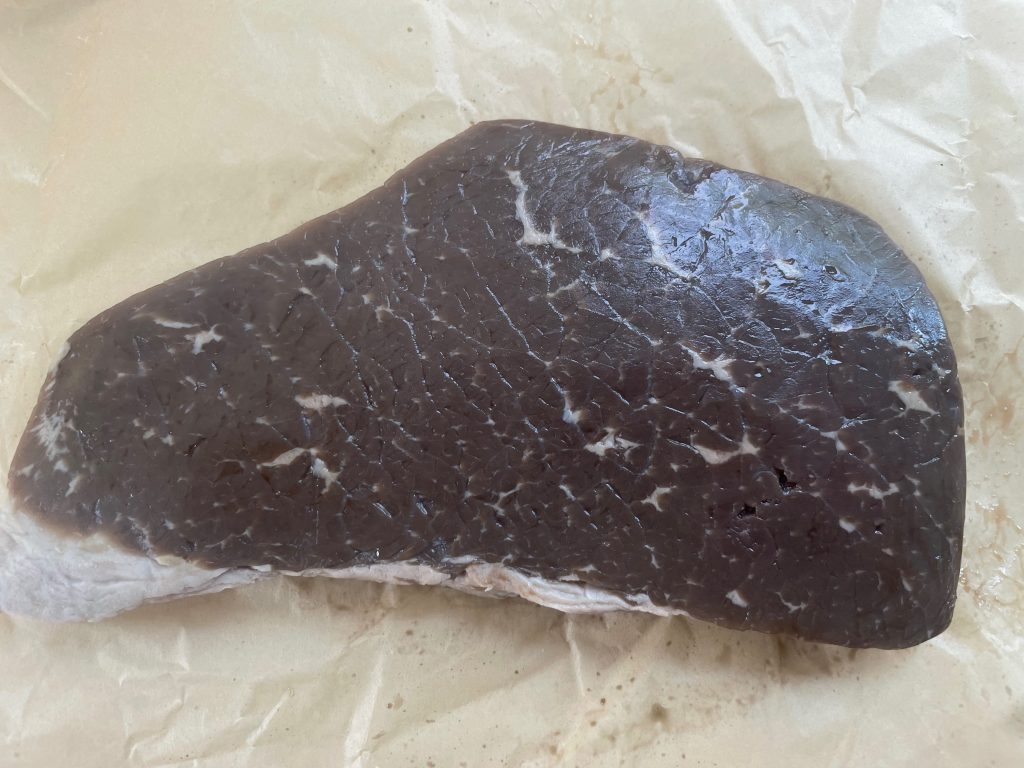Steak lovers around the world often find themselves pondering the qualities that distinguish a good steak from a bad one. The experience of savoring a perfectly cooked steak can be unforgettable, while biting into a subpar piece of meat can lead to disappointment. In this article, we will explore the key attributes that define good steak versus bad steak, and how to identify them for an enjoyable dining experience. Whether you are a seasoned chef or an enthusiastic home cook, understanding these differences can elevate your steak game and ensure that every meal is a triumph.
When it comes to steak, the terms "good" and "bad" can encompass a variety of factors including cut, quality, cooking method, and even seasoning. A good steak is not just about the meat itself; it's about the entire experience from sourcing to preparation and presentation. On the other hand, a bad steak can stem from poor-quality meat, overcooking, and lack of flavor, leaving you with a disappointing meal that lacks the depth and richness one expects.
This article will delve into the nuances of good steak vs bad steak, providing insights into what to look for when selecting your meat, how to cook it to perfection, and tips for enhancing its flavor. From understanding the different cuts and grades of beef to mastering cooking techniques, we aim to equip you with the knowledge to enjoy every bite of your steak.
What Makes a Good Steak?
To truly appreciate the difference between good steak and bad steak, it’s vital to understand the qualities that make a steak good. Here are the key characteristics to look for:
- Cut of Meat: Different cuts offer varying flavors and textures.
- Marbling: Good steaks have a good amount of intramuscular fat.
- Freshness: Fresh meat will have a bright color and a pleasant smell.
- Thickness: A steak that is at least 1.5 inches thick can provide a better cooking experience.
How Does Cooking Affect Steak Quality?
The way a steak is cooked plays a pivotal role in determining its quality. Cooking methods can range from grilling to pan-searing, each imparting different flavors and textures. A good steak should be cooked to the proper temperature, allowing the natural flavors to shine through.
What Are the Best Cooking Techniques for a Good Steak?
Cooking a steak to perfection requires a combination of techniques. Here are some popular methods:
- Grilling: Adds a smoky flavor and charred exterior.
- Pan-searing: Creates a delicious crust while keeping the inside juicy.
- Sous-vide: Ensures precise cooking at controlled temperatures.
- Broiling: Cooks the steak from above, creating a nice crust.
What Makes a Bad Steak?
Identifying the qualities of a bad steak can help you avoid a disappointing meal. Some common characteristics include:
- Poor Cut: Tough cuts like flank or round can lead to a chewy experience.
- Excessive Gristle: Bad steaks have more connective tissue and less marbling.
- Improper Storage: Meat that is not stored correctly can lose flavor and freshness.
- Overcooking: Cooking a steak beyond the desired doneness leads to dryness.
How Can You Tell If a Steak is Bad?
There are several indicators that can help you determine if a steak is bad:
- Color: A dull or brownish color may indicate spoilage.
- Smell: Any sour or off-putting odor is a sign of bad meat.
- Texture: Sticky or slimy surfaces suggest the steak is no longer fresh.
What Are the Consequences of Eating Bad Steak?
Consuming a bad steak can lead to various health issues, including:
- Food Poisoning: Caused by bacteria present in spoiled meat.
- Gastrointestinal Distress: Symptoms can include nausea, vomiting, and diarrhea.
- Allergic Reactions: Some individuals may have specific allergies to spoiled meats.
How to Choose the Best Steak for Cooking?
When selecting a steak, consider the following tips to ensure you choose the best quality:
- Know Your Cuts: Familiarize yourself with popular cuts like Ribeye, Sirloin, and Tenderloin.
- Look for Marbling: Choose steaks with good marbling for enhanced flavor.
- Check the Color: Bright red is a good indicator of freshness.
- Ask for Recommendations: Don’t hesitate to ask your butcher for advice on the best steak.
Can Seasoning Make a Difference in Steak Quality?
Absolutely! The right seasoning can elevate a good steak to new heights. Here’s how to effectively season your steak:
- Salt: Use coarse salt to enhance the natural flavors.
- Pepper: Freshly cracked black pepper adds a nice kick.
- Marinades: Consider using a marinade for added depth of flavor.
- Herbs: Fresh herbs like rosemary or thyme can enhance aroma and taste.
Should You Rest Your Steak After Cooking?
Yes, resting your steak is crucial for a juicy outcome. Allowing your steak to rest for about 5-10 minutes after cooking helps the juices redistribute throughout the meat, resulting in a more flavorful and tender bite.
In conclusion, understanding the differences between good steak vs bad steak involves recognizing the importance of cut, quality, cooking methods, and seasoning. By applying the tips and insights shared in this article, you can ensure that your next steak experience is nothing short of exceptional. Whether you are dining out or preparing a meal at home, being informed will help you appreciate the art of steak cooking and savor every delicious bite.




